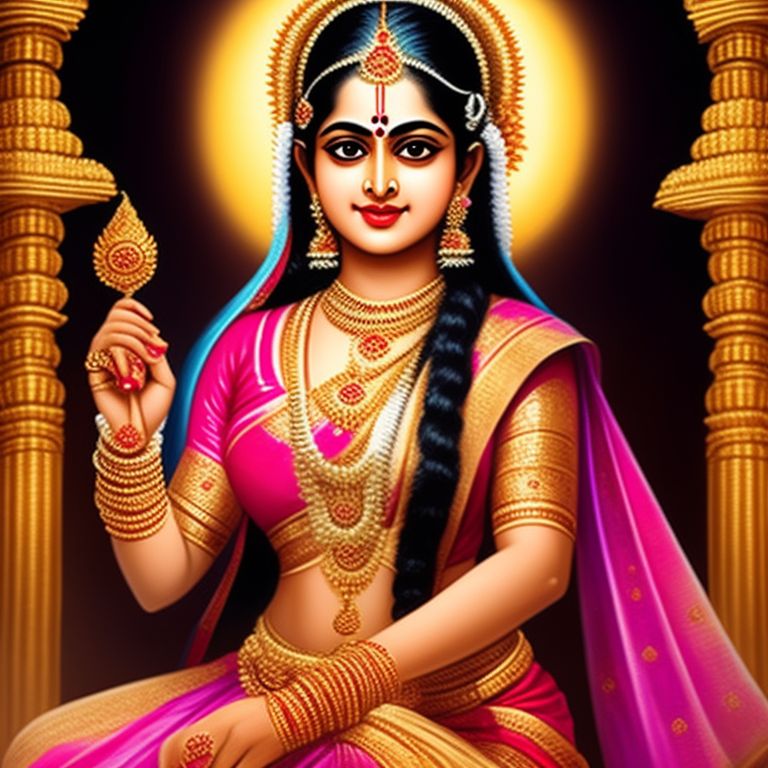Diwali (Deepavali): One of the most important Hindu holidays is Diwali, also known as the Festival of Lights. It’s a celebration of Lord Rama, Sita, and Lakshmana’s return to Ayodhya after killing Ravana, the king of demons. During Diwali, lamps and fireworks are lit to show that light has won over darkness.
Sita Navami: This is the festival time to honour the birth of Goddess Sita. This celebration takes place on the ninth day (Navami) of the bright half of the Hindu lunar month of Vaishakha, which runs from April to May. To honour Sita’s birth, people fast, pray, and read the Ramayana on this day.
Janaki Jayanti. It is celebrated with love and joy in many parts of India. It takes place on Vaisakha Shukla Ashtami, the eighth day of the bright half of the Hindu lunar month of Vaisakha.
Vishu Panchami: On Vishu Panchami, Lord Rama and Sita’s wedding is celebrated. The celebration takes place on the fifth day of the bright half of the Hindu lunar month of Margashirsha, which runs from November to December. A lot of people who are religious go to the temples of Lord Rama and Sita and take part in ceremonies that play out their marriage.
On Ram Navami, which is the ninth day of the bright half of the Hindu lunar month of Chaitra (March–April), people honour Goddess Sita as Lord Rama’s holy consort. The festival is mostly a celebration of Lord Rama’s birth.
The celebration of Tulsi Vivah is a big deal because it honours the sacred basil plant Tulsi, which is often linked to Sita. Based on the tradition, the celebration marks the wedding of Tulsi and either Lord Krishna or Lord Rama. In most years, it happens in the month of Kartika, which is October or November.



